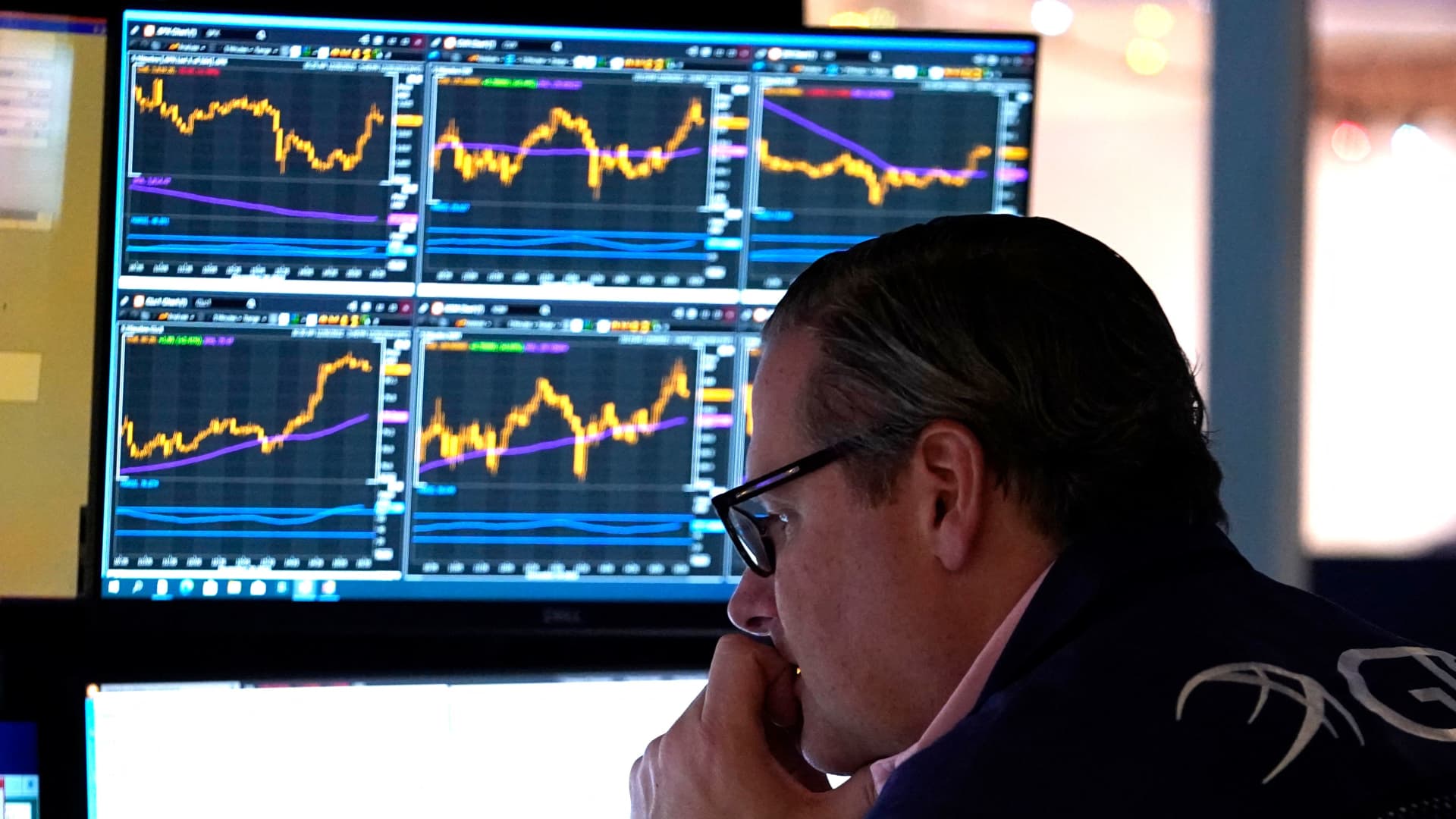Reuters
Rate cut hopes buoy U.S. stocks ahead of uncertain 2024
C.Nguyen3 months ago
The Charging Bull or Wall Street Bull is pictured in the Manhattan borough of New York City, New York, U.S., January 16, 2019. REUTERS/Carlo Allegri/File Photo/File Photo Acquire Licensing Rights
Nov 29 (Reuters) - Hopes that an economic soft landing will lead the Federal Reserve to pull back on interest rates have ignited Wall Street’s appetite for stocks, despite concerns of slowing growth and the potential of an inflationary rebound in 2024. The S&P 500 is up about 9% in November, on track for its biggest monthly gain since July 2022. Trends that had worried investors throughout 2023, such as the climbing dollar and elevated U.S. Treasury yields, are reversing, while the market’s most closely watched fear gauge stands near post-pandemic lows. Two key assumptions are driving the moves. Investors increasingly expect the Fed to begin easing monetary policy in the first half of 2024, dispelling concerns that the central bank would keep rates "higher for longer." Rates futures markets are showing cuts being priced as early as May 2024, according to LSEG data. At the same time, resilient data is leading to hopes for a so-called Goldilocks scenario, in which the U.S. economy emerges relatively unscathed from the 525 basis points of rate increases the Fed has delivered since March 2022. Recent data, including reports showing slower job growth and cooling consumer prices "changed the narrative," said Jack Ablin, chief investment officer at Cresset Capital. That has "increased confidence that we have seen a peak in the fed funds rate and we have seen a peak in inflation and we have seen a peak in the 10-year Treasury yield,” Ablin said. The prospects for rate cuts received a boost on Tuesday after Fed Governor Christopher Waller, deemed a hawk, hinted at lower interest rates in the months ahead if inflation continued to ease. Gross domestic product numbers for the third quarter, released on Wednesday, showed the U.S. economy grew faster than expected in the period, though momentum has appeared to wane as higher borrowing costs curb hiring and spending. “Inflation has come down faster than the Fed expected and all signs are pointing to a soft landing,” said Jake Schurmeier, a portfolio manager with Harbor Capital. "If you were still betting on a recession coming, then the last few weeks have told you that the Fed is ready to respond and you will have to revise your expectations higher.”
Read the full article:https://www.reuters.com/markets/us/rate-cut-hopes-buoy-us-stocks-ahead-uncertain-2024-2023-11-30/
0 Comments
0
/cloudfront-us-east-2.images.arcpublishing.com/reuters/MR27Y3M6DNCXDDFC7A2KZVNI2E.JPG)

/cloudfront-us-east-2.images.arcpublishing.com/reuters/S4LYR5QTWRJUZGS2CXCHS3W4UE.jpg)


/cloudfront-us-east-2.images.arcpublishing.com/reuters/PRE6JBI2P5K5FG4G6N7HWWLQKI.jpg)


:quality(70)/cloudfront-us-east-1.images.arcpublishing.com/cmg/5HWPPPME3PSAGNJAYJBLMO7YFY.jpg)









